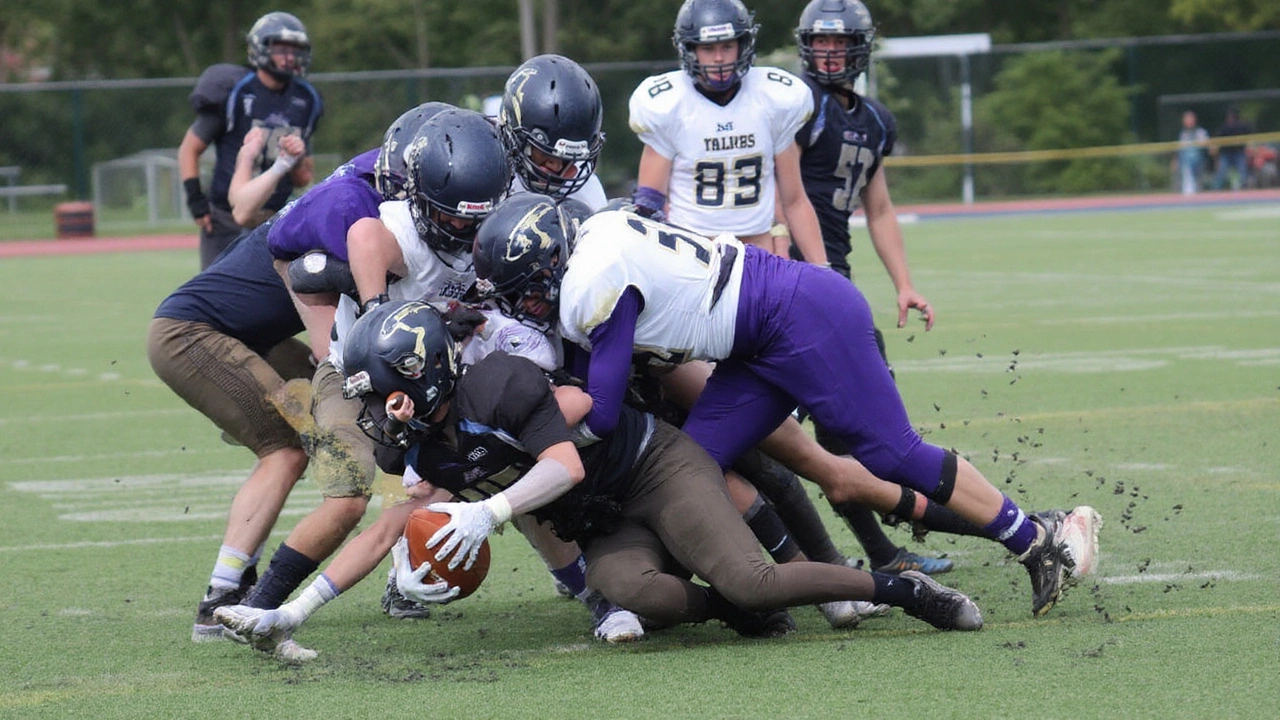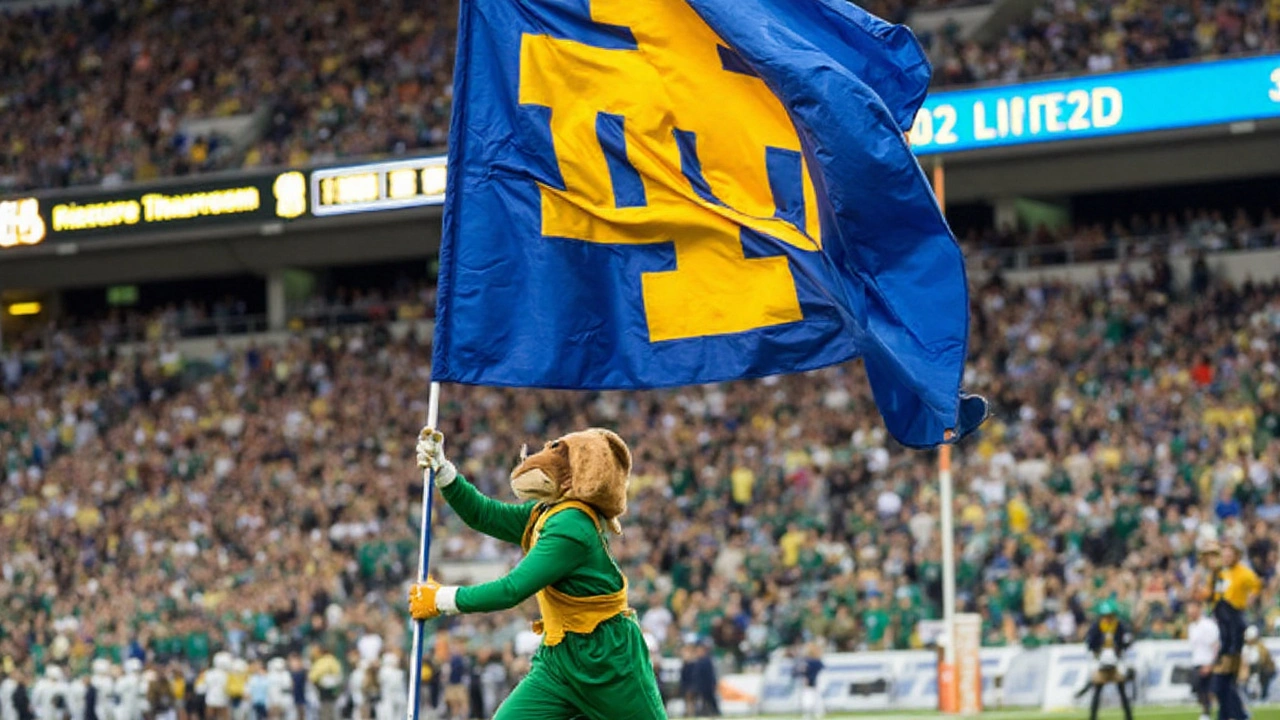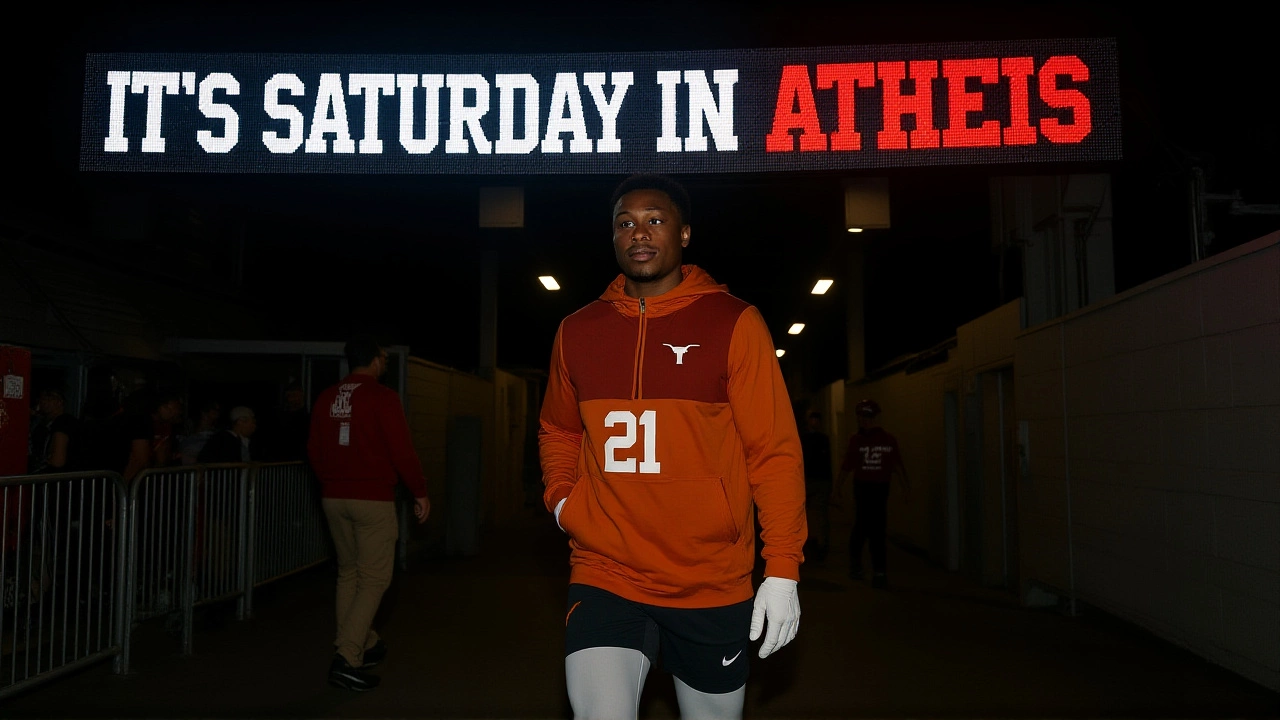September isn’t supposed to feel like elimination season. Yet here we are. For Notre Dame football, a 41–40 loss to No. 16 Texas A&M in South Bend on Sept. 13 didn’t just sting—it flipped the season’s pressure switch to full blast. One point, at home, against a ranked opponent, and a top-10 team suddenly has to play almost perfect football to stay in the College Football Playoff picture.
Texas A&M walked out of Notre Dame Stadium celebrating and deserved it. The game turned into a track meet, the final minutes felt like a coin flip, and the Irish lost the toss. One-score defeats are cruel because they compress everything—months of work—into a handful of moments. A single missed assignment, a coverage bust, a protection slip, a red-zone call, a timeout taken too soon or too late—take your pick. When you lose by one, the postgame film room becomes a room full of what-ifs.
A one-point gut punch and what it exposed
Notre Dame opened 2025 with big expectations and a No. 8 ranking. That’s not just a number; it’s a statement that you belong in the national title conversation. Losing at home to a lower-ranked team doesn’t erase that, but it changes the math. In a 12-team CFP era, an early loss isn’t fatal. It does, however, slash the margin for error for a program that doesn’t get a conference championship game to prop up its resume.
Texas A&M brought speed, depth, and resolve—exactly what top-20 teams carry now in the transfer portal era. The gap between programs has tightened. You feel it in these matchups: third downs that used to be automatic aren’t, chunk plays arrive in bursts, and special teams can tilt a game in a blink. If there’s a theme from this opener, it’s that Notre Dame must be better in the small, situational margins that decide ranked-on-ranked games.
That starts with complementary football. The defense can’t be on the field too long because the offense stalled on a couple of key possessions. The offense can’t be forced to chase if the defense gives up explosives early. And when the game compresses late, someone has to win a one-on-one: a corner in space, a guard anchoring in protection, a receiver winning at the sticks, a linebacker fitting a gap on third-and-short.
Personnel-wise, there’s a lot to like, but cohesion is a work in progress. Alabama transfer Dylan Lan is now the starter, and with any new quarterback, timing is currency. The rhythm with receivers, the trust with the line on hot reads, the tempo from huddle to snap—those things sharpen with reps, not hype. The good news: the offense clearly has firepower. The bad news: firepower without polish can turn into traded touchdowns and late-game panic.
Up front, Notre Dame’s identity is built on line play. That’s still the path forward. A steadier run game on early downs calms everything—keeps the defense off the field, controls tempo, and makes play-action bite. Without it, you’re living on tight-window throws and long down-and-distance, which is how one-point games turn into toss-ups against fast defenses like A&M’s.
Defensively, the blueprint is simple even if the execution is hard: fewer explosives, more clean tackles in space, and better third-down discipline. That doesn’t require a scheme overhaul. It’s communication pre-snap, leverages and angles post-snap, and trust in technique. The portal has stocked every ranked opponent with track speed at receiver and twitchy backs. If you don’t get bodies to the ball fast, your scoreboard pays.
Coaching decisions will be under the microscope now because that’s how it goes after a one-point loss. Fourth-down choices, two-minute management, and red-zone strategy will all be debated outside the building. Inside, the fix is usually more boring: alignments, assignments, and repeatable answers in high-leverage downs. You don’t reinvent the playbook after Week 2. You tighten the screws.

What’s next: margin for error is razor-thin
The timing of this loss is both good and bad. Good because it’s early—plenty of games left to repair the resume. Bad because Notre Dame’s independence means there’s no safety net in December. Conference champions get the cleanest path to top-four seeds. Notre Dame has to make its case with road wins, ranked scalps, and momentum.
The schedule isn’t gentle. A road trip to Boston College looms, and if you’ve watched this series long enough, you know weird things happen there. It’s a classic trap spot: a noon kick feel, a frisky defense, a crowd that smells blood after a ranked upset. Later comes USC, which always doubles as a measuring stick game and a national TV referendum on where the Irish really stand.
Two truths can live together: the Texas A&M loss doesn’t define the ceiling, and it absolutely changes the stakes. Notre Dame can still get to the CFP, but the formula narrows. You either run the table, or you drop one more and need style, statement wins, and help elsewhere. Strength of schedule will matter. Road wins will matter even more. And like it or not, the optics of a home loss linger with both pollsters and the committee.
Here’s what needs to shift, fast:
- Start faster on offense. Early rhythm (even simple, high-percentage throws) helps settle protection, syncs the run game, and keeps the call sheet open.
- Cut the explosives allowed. Force opponents to stack 10–12 play drives. Most college offenses crack before they finish those.
- Own the middle eight minutes (last four of the first half, first four of the second). That stretch flips close games.
- Be cleaner on penalties and substitution mechanics. Free yards and scrambled personnel groups are how you lose one-score games.
- Win special teams situations. Hidden yardage on punts and coverage snaps changes field position and late-game math.
Boston College becomes a chemistry test as much as a road test. Do the Irish respond with focus or with noise? You’ll see it on the first two series. If the run game gets downhill early and the defense tackles cleanly in space, Notre Dame can control tempo and quiet the building. If not, you’re one tipped ball or one loose edge from another four-quarter slog.
USC waits later, and that one will carry national weight. Beyond rivalry juice, it’s a chance to own a marquee win the committee respects. For a team trying to climb back into the top 10 after a home loss, banking a road win and a signature victory is the most direct route toward the 12-team bracket.
There’s also the human side. The locker room knows the stakes now. Captains have to set the tone: no sulking, no finger-pointing, and no waiting for November to play at November speed. The difference between 10–2 with a CFP ticket and 9–3 with a New Year’s Six bid can be a handful of third downs and a couple of turnover swings. That’s not drama; that’s college football in 2025.
The broader landscape won’t cut Notre Dame any slack. The portal has flattened the sport. Ranked teams look and play like ranked teams, home or away. The Irish brand buys attention, not wins. The path forward is as clear as it is unforgiving: stack clean performances, take the noise out of the game early, and close late with confidence.
So yes, it feels like do-or-die in September. That’s the price of losing a one-pointer at home when you’re a top-10 team with playoff expectations. The good news? The fix doesn’t require magic. It requires precision—on Tuesday’s practice field, on a chilly sideline in Chestnut Hill, and under lights when USC shows up. One month from now, we’ll know if that one-point lesson turned into a season reset or a slow leak.
The Irish still control their narrative. Now they have to earn the right to keep it.

